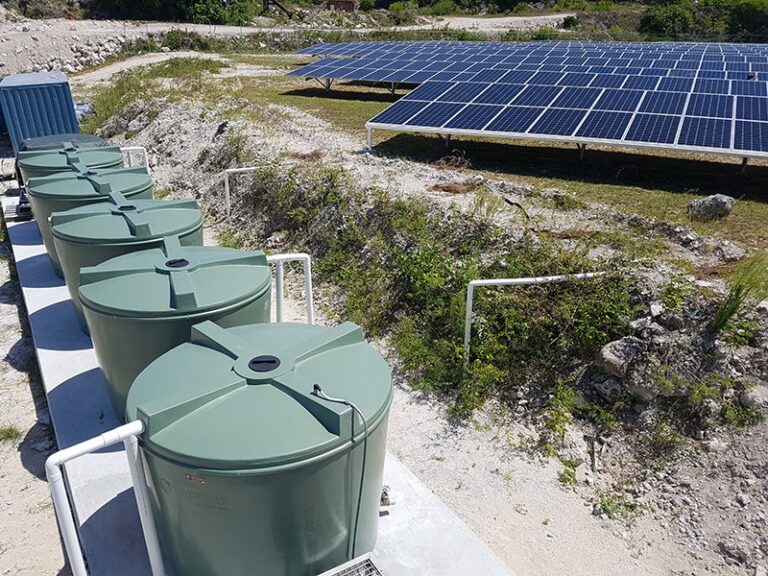New Zealand needs big batteries and needs them now!
The news of $30m to explore pumped storage in South Island has again raised debate into the need for and future of energy storage in New Zealand.
However, we still believe that batteries have a huge role to play alongside any South Island pumped hydro in reducing bills. We all keep reading about the remarkable ways that new battery technology is revolutionising our world. However, we’ve not yet seen a large battery to New Zealand’s power grid. We think the time has come to get one built, and doing so would accelerate our push to a Net Zero carbon emissions.
With a drive to Net Zero enshrined in legislation, New Zealand needs to find creative, affordable and low carbon ways to switch off fossil fuel power stations. This is compounded by the fact that country actually needs more low carbon electrical energy to run electric vehicles, provide process heat and support economic growth.
Let’s not forget that electricity prices have hit record highs for the last 2 years, directly impacting on those in acute energy poverty who can afford this situation the least. Alleviating energy poverty is a key policy driver in New Zealand.
To reduce bills and power the green revolution, most Kiwis want to see more solar and wind brought onto the power system – both of which are now cheaper than fossil fuels. Bringing these technologies into the New Zealand grid presents new opportunities; they can be located much closer to where power is needed alleviating costly power grid debottlenecks, can reduce the risk of outages and are able to lower the cost of running distribution networks. As we stated in this article last year, solar and wind also reduces water usage in dry years so that the lakes behind the hydro dams can stay full for longer. This helps keep fossil fuels off our grid when the sun isn’t shining and the wind isn’t blowing.
However, we all recognise that solar and wind alone will not be enough to get to Net Zero. Ways of bringing more hydropower onto the grid is crucial for achieving our carbon goals. We’re not talking about building new dams, which come with its own set of environmental challenges, but we are talking about the missed opportunity to get more of our existing hydroelectricity to the north. Most people live in the north, yet most of our electricity supply comes via subsea cables across the Cook Straight from hydro generators in the south. Bringing more electricity north is a key challenge for the electricity grid.
A new interconnector is part of the solution but also part of the problem it will be needed even more if we build large pumped hydro storage down south as Minister Woods suggested recently. Like everything, the Cook Straight interconnector is vulnerable, and putting the nation’s critical infrastructure over an active fault line appears a risky strategy. Interconnectors can be expensive and take years to consent and engineer. The wider power grid also needs big upgrades to allow the interconnector to work – Transpower recognised some of these constraints with a recent consultation looking to invest $100m to upgrade network capacity. We’re undertaking a big investment in infrastructure and New Zealand should want new, low carbon technology to play its part in reducing bills.
To fully utilise the capacity of the interconnector, and bring the hydro power north, the system requires sufficient reserve or back up in the north. However big the interconnector gets, New Zealand doesn’t have enough backup in the North for it to run at full power all the time.
To back up the interconnector, fossil fuel generators such as Huntly are kept in a state of readiness and often online. These high carbon generators provide more than 15% of New Zealand’s electricity and is not a carbon neutral way of keeping the lights on.
A far better and low carbon way of backing up the interconnector is using batteries. Batteries are flexible assets providing numerous benefits such as allowing more solar and wind on the system and making electricity more reliable. Batteries can also support lines companies and can reduce the cost of upgrading networks to run our next generation electric vehicles. We’ve seen nations around the world save hundreds of millions of dollars building battery storage (even our friends across the ditch) – New Zealand’s time to follow has now come. The unique properties of the interconnector mean big batteries here may well be one of the best investments around the world.
Battery storage in the North Island means three key things. Firstly, it provides a backup to critical national infrastructure built over the Cook Straight fault. Secondly, it helps enable more solar and wind in around the country. Thirdly, it means we can immediately bring more hydro north and switch off Huntly sooner. And as a bonus, batteries can also be built fast. Tesla built their Australian 100MW battery in 100 days; we want to do it in 99!
Around 60% of New Zealand’s total energy mix comes from fossil fuels when we consider heat, ground transport and aviation. Contrary to general perception, New Zealand does not have a low carbon economy and that must change in the coming decades. To achieve our climate goals as a nation, we need to see rapid growth in renewable energy generation supported by energy storage technologies. Batteries themselves could become critical national assets.
The question we are asking is not whether or when New Zealand needs big batteries, it’s who should own it. We welcome competition in our industry when it drives down cost and innovation. However, something as critical as a battery should best be owned by more than one commercial company. Collaboration is king in energy storage, by stacking benefits we can drive down costs. We call for the industry to quickly collaborate on battery initiatives, with Transpower, lines companies and the retailers sharing the value of such a project.
The need to do this is more pressing than ever. The tragic closure of the Tiwai aluminium smelter leaves thousands out of a job. It also leaves Manapouri hydro power station heavily underutilised with even more hydropower constrained and unable to come north. A few big batteries built quickly and New Zealanders can enjoy cheap hydropower coming north. Battery technology reduces bills and makes our power system more resilient and can be built in record time. The benefits of battery technology implore that the time for a big battery is upon us – welcome to the store-age New Zealand!




